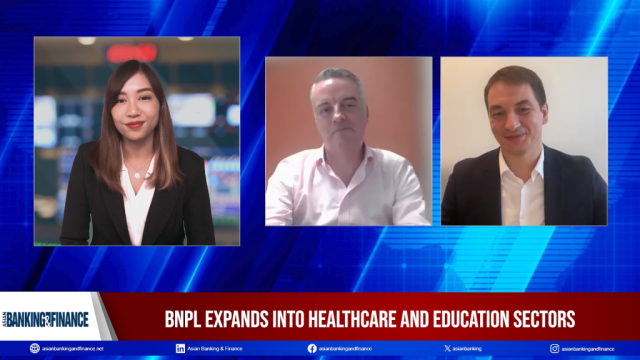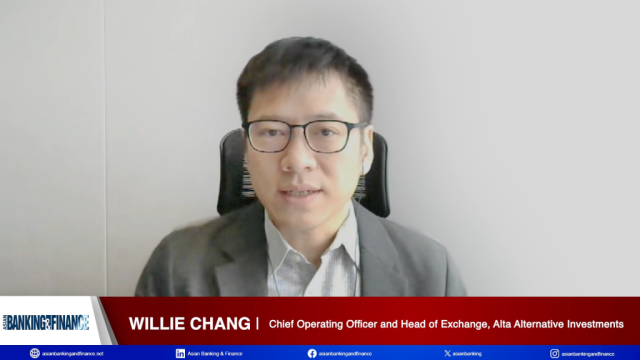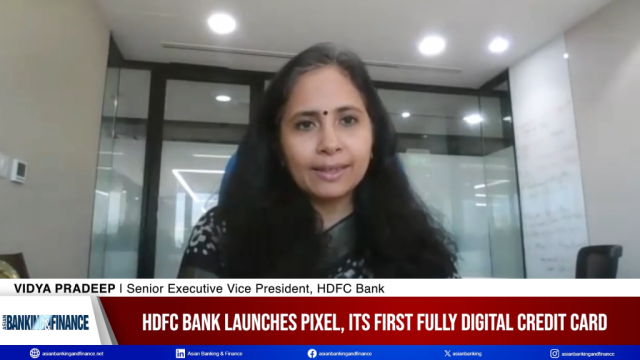Here's why the best mobile solutions are yet to come
By David EadsReal innovation is happening in most markets. Unfortunately often the development is in a vacuum.
The Developed world is completely missing out on financial inclusion efforts of the developing world. And the Developing world is missing out on the differentiating products the developed world is creating for its customers.
Financial inclusion promises to create new bank customers. But developing world banks are neglecting their paying customers to help the poor. Developed world banks are neglecting the poor — and the promise of new customers — but many are providing compelling mobile products.
Similarly, mobile payments is nearly non-existent in the west but widely available to the remote poor in Asia and Africa. In the end, mobile payments in any market won’t get traction unless it fundamentally transforms the shopping (or remittance) experience.
For the very poor this means a better user experience that requires far less training and promotes trust of the system — and develops a credit history so they can join the broader financial services market.
For the banked this means making shopping easier, offering personalized coupons, encouraging loyalty, providing product information, and more convenient paying. Every market has both rich and poor, banked and unbanked.
We should serve both segments.
Background
Recently, we met with the Central Bank of the Philippines (Bangko Sentral ng Pilipinas) to discuss the regulatory and legislative changes they’ve made over the years to enable such significant mobile payments innovations.
The Philippines were the first to offer mobile banking back in 2004 with Globe Telecom’s GCASH. And although sometimes overshadowed in the media by Kenya’s M-Pesa, the Philippines continue to innovate and grow adoption. GCASH added an ATM card option to their mobile wallet.
Competitor SMART, launched their wallet, SmartMoney with a MasterCard debit/ATM card so users can pay at any POS terminal that accepts MasterCard.
Dutch Bangla Bank (DBBL) launched a bank-led model in Bangladesh in March 2011. Similarly, BanKO in the Philippines launched at the end of 2011.
Importantly, both are full mobile banking services – not just a wallet. BanKO and DBBL offer users true financial inclusion since it’s a complete bank account by — most importantly in my opinion — helping users build a credit score.
Meanwhile in North America and other parts of the developed world, mobile banking has grown dramatically to 25% of online banking users at many institutions. But here, mobile banking is account inquiry, transfers between accounts, and remote check deposit (by taking a picture of a check).
Mobile person-to-person payments (P2P) have evolved and grown but are still far from common transactions in the US. Challenges First, all of these systems are closed loop. GCASH customers can only pay other GCASH customers. PayPal customers can only pay other PayPal customers.
Essentially, users have to recruit recipients to the network to pick up their money. (This is oversimplified, for clarity in this article). Interoperability surely is coming, but it affects adoption, transaction volume, and encourages funds to leave the system.
ClearXchange is a start in the US. Secondly, usability is a challenge everywhere. SMS and USSD provide universal access but are the mobile equivalent of a command line interface. Last week a room full of college educated mobile banking executives fumbled around with learning a new system in a hands on session in Manila.
This doesn’t pass my “Mom Test” (Can my Mom use it?). Smartphone mobile banking systems in the developed world are far easier to use but rarely enable payments and almost never allow enrollment from the phone.
Third, liquidity, cash management, and the agent network are massive challenges to build and manage. Partially this is due to the solution usability issues. Partially this is due to the limited education and experience with technology and business practices in some poor and remote communities. KYC, AML, regulatory issues, agent compensation models, and revenue sharing between telcos and banks also present large challenges in many countries.
Lastly, the dirty little secret is that most mobile money transactions are airtime top-ups not payments to individuals or merchants, although the latter is growing. Opportunities Android. The proliferation of low cost Android phones offers great hope.
China is cranking out many inexpensive phones running Android that are becoming increasingly available to even the most poor in the most remote locations. Smartphones remove many of the usability issues and simplify the relationships involved in offering a solution. Interoperability. The U.S. is an outlier with its thousands of banks.
Most countries have three to five major banks. Most countries also have far simpler payment systems and ATM networks. Adoption and usage will drive systems to interconnect. Government. Mobile money provides a safe and efficient system to distribute payments to beneficiaries.
G2P payments provide the volume to kickstart the system and get people familiar with the technology. Focus. Emerging markets should focus on their existing customers in addition to the unbanked.
Existing customers need better solutions and compelling mobile banking offerings in the developed world has proven to get users to switch banks. Serving the banked population is good business and fuels innovation.
Similarly, banks in the U.S. and other developed markets should add P2P to their solutions — even if it’s severely limited — to start enabling payments from mobile banking. Once the basics are in place, enhancements and interoperability can come later.
Enrollment. It’s obvious that making it easy to enroll in mobile banking encourages adoption. However, most solutions fail miserably. We can provide strong KYC and AML controls and mobile enrollment. It takes technology, creativity, and transparent cooperation with regulators.
I’m confident the best mobile banking solutions are yet to come. I suspect they will be driven by the merging of solutions for the developed and developing markets as we discover that every country needs solutions for both the banked and the unbanked.
























 Advertise
Advertise







